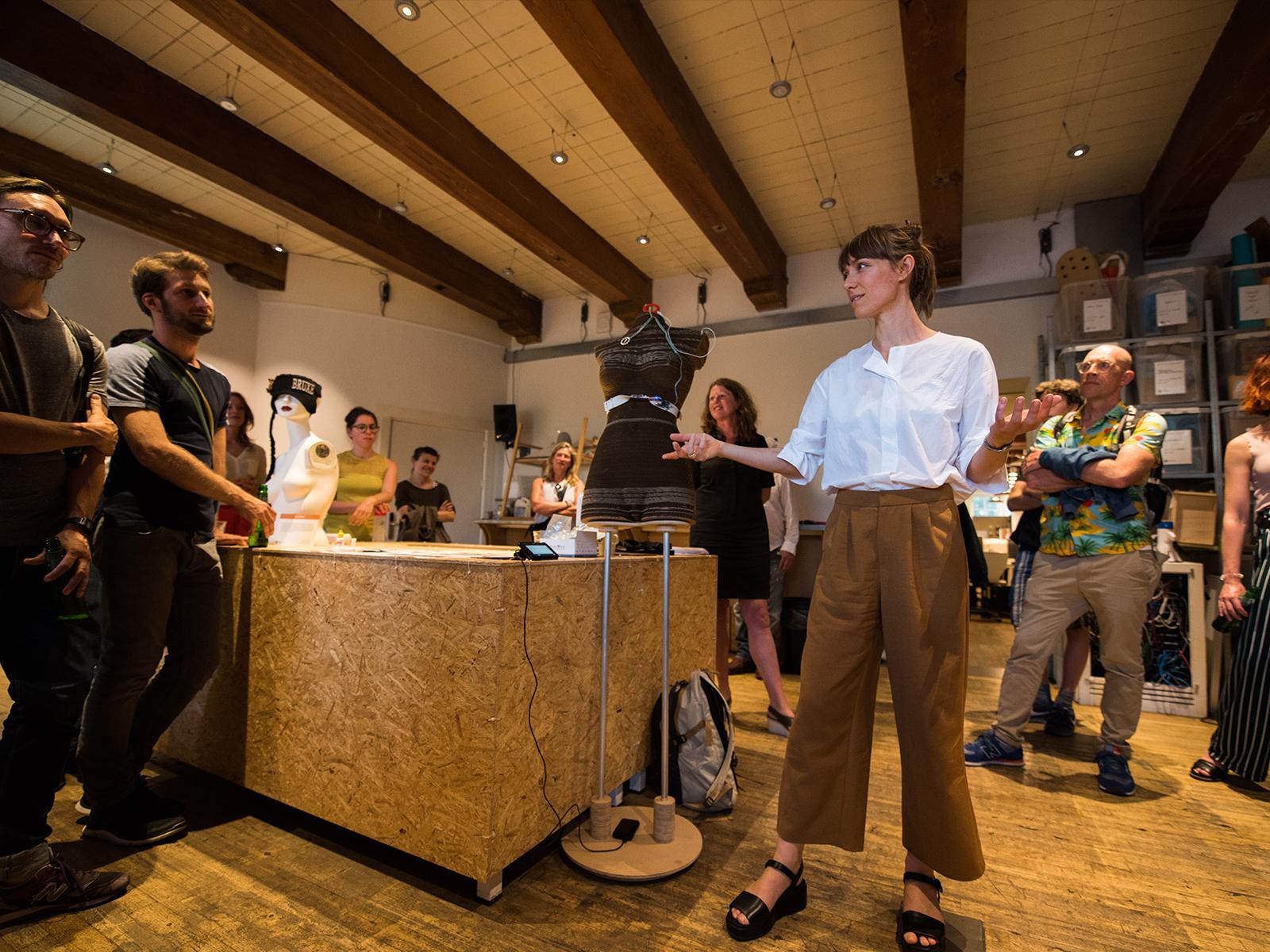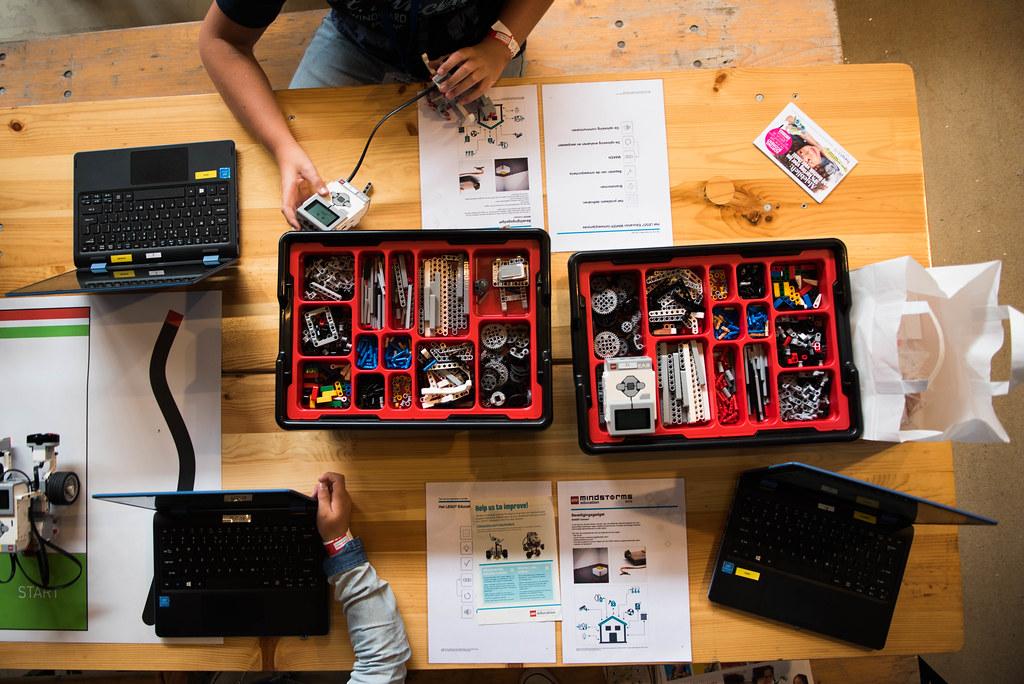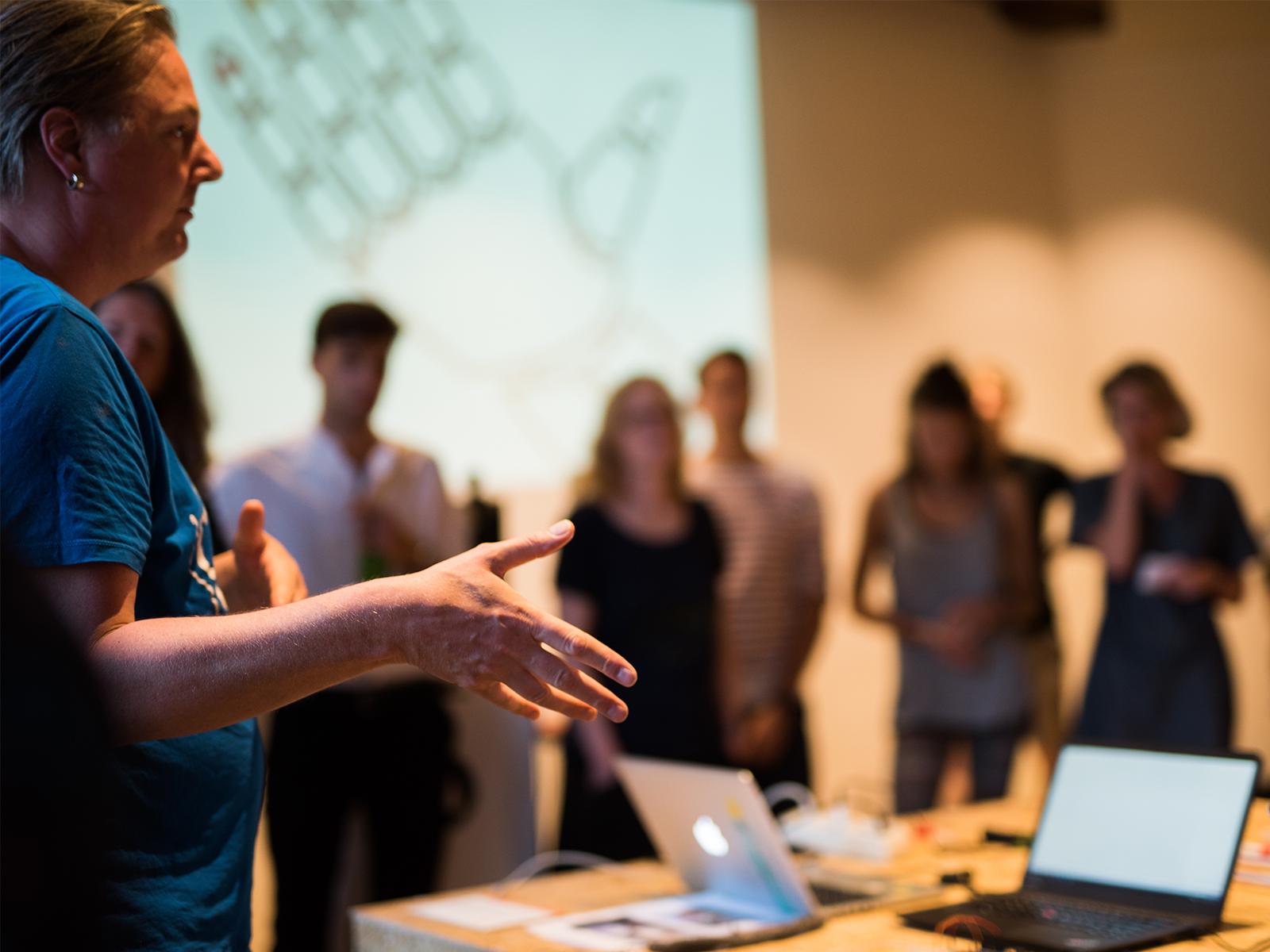Beginning of this month the municipality of Amsterdam announced that it will invest 2,4 million euro to attract entrepreneurs in health technology. Sabine Wildevuur and Paulien Melis research the role of technology in healthcare. They pose that applications shouldn't be developed for, but with end users: "Make sure you focus on the needs of users to improve the quality of life and care."
The current Dutch minister of Health - Hugo de Jonge - presented his plans to invest heavily in scaling up eHealth-applications. The coming three years 90 million euro is available to support elderly or people with chronic conditions to live longer independently at home with digital applications. The ambition is that more people can be supported with the same budget.
The recent attention for technology is not new. For years, the waiting has been towards a broad adoption of eHealth applications in healthcare, with the promise that eHealth provides more ease for the patient, consumes less time for healthcare professionals and informal caregivers and above all would save money.
Till now these remain promises. End users are insufficiently involved in the development of innovative care. eHealth applications don't seem to match or support the needs of end users, being both patients as healthcare professionals.
On the other hand, the lack of knowledge and training for healthcare professionals limit the use of eHealth, as the yearly eHealth-monitor reports. The question raises if these investments the best solutions are to stimulate the implementation of eHealth. Or has the time come to look into other alternatives?

How do we ensure care that better fits the needs of users? The collaboration between people with a healthcare need and healthcare professionals is crucial to do so. The one cannot go without the other.
Think radically different
Expand this collaboration with the expertise of designers, developers and other makers, and this will result in a fruitful context to co-design and co-produce healthcare solutions. However, this entails a radical change in the way we think about the development of healthcare solutions. A change that isn't implemented in the current eHealth development.
Why don't we start with the challenges that people with chronic conditions or health needs deal with in their daily life? Why don't we research what the obstacles are that healthcare professional encounter in their practices? And why aren't we sharing our knowledge about these solutions better?
In numerous cases the challenges deal with everyday products or services, that are not core business for manufacturers or suppliers or not even identified as potential product or service. Take for instance the white cane for people with limited eyesight, that lights up in the dark. With a lighted cane users are better noticed by other traffic users and give the users a feeling of safety while travelling the streets. Or a transportable midstep that elderly can use to climb stairs. Both solutions are initiated and developed with the end user.
Bottom-up approach
Involve designers in this process to concrete the idea and makers to realise it. To do so, requires a different form of thinking. In contradiction to the governement based stimulation program, another approach bottom-up is possible, in which end users are intensively involved in the making process.
Amsterdam should be a front runner with the proper focus in healthcare, where end users are really the centre point. The coalition agreement provides a good context for it, such as: "Informal carers and health care professionals need to have better support, relating to their needs. [...] This way we create tailored care in which the need for care of a client is key."
For over a decade, Waag is researching new forms of care and the role technology can be part of the care process. The advice is: make sure you tailor care to the needs of users to improve the quality of both life and care. And develop solutions not for, but with end users. Only then you'll be able to create solutions that really fit the needs of the users.
Sabine Wildevuur and Paulien Melis are researching the role of technology in healthcare at Waag. This contribution is also published in the newspaper Het Parool.


